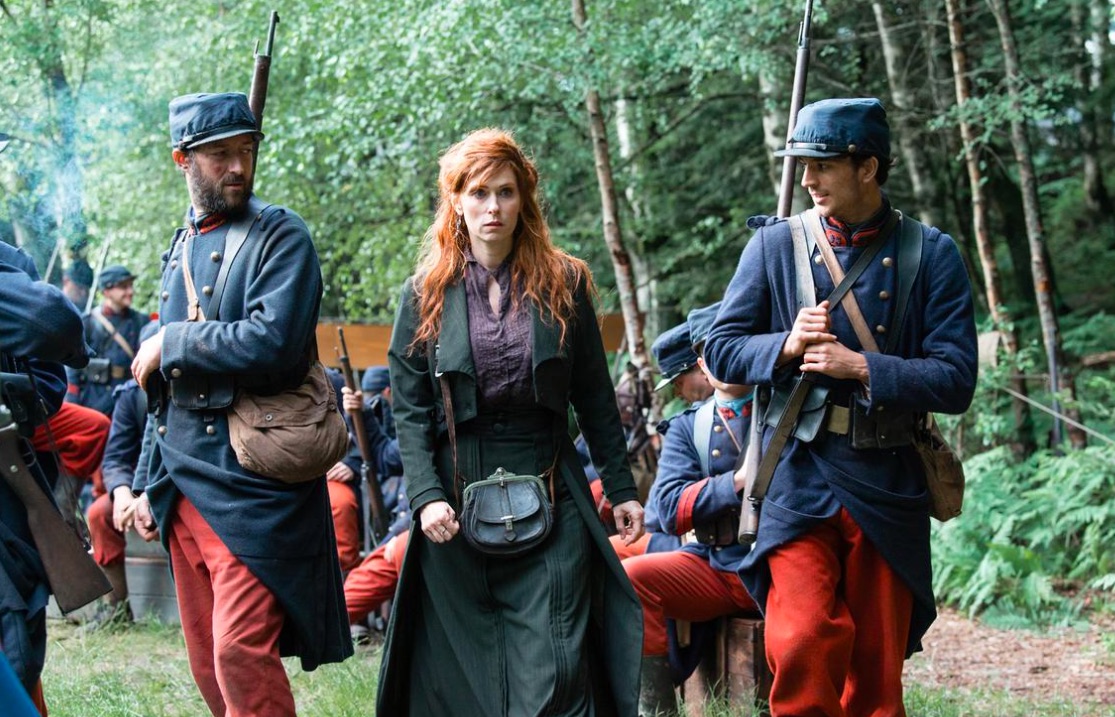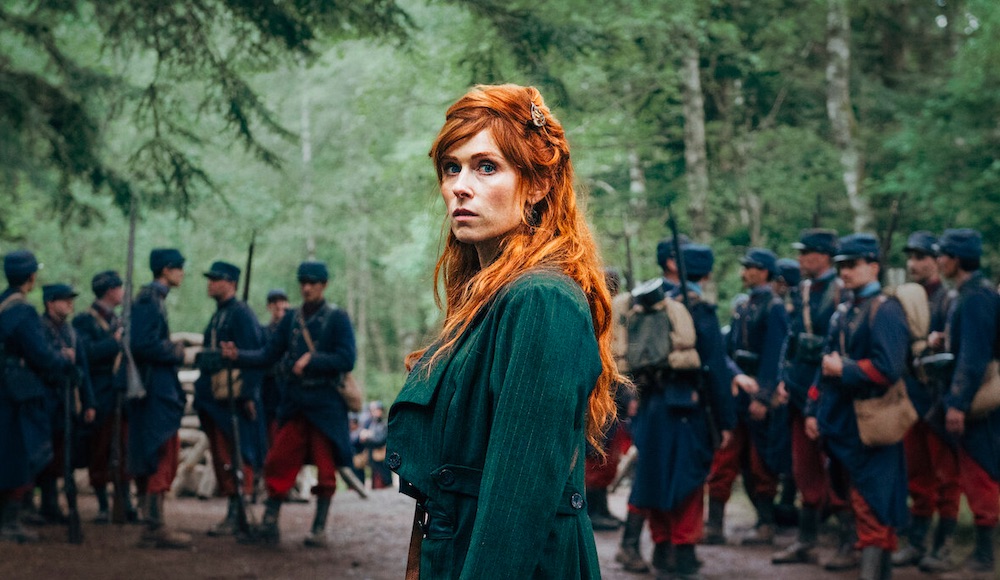Netflix’s ‘Women at War’ is the story of four women and the challenges they brave at the beginning of the First World War. One of these women is Marguerite, a sex worker who arrives in Saint Paulin in the guise of finding work but is actually dealing with something very personal to her. Over the course of eight episodes, we discover the true strength inside her, as she helps everyone around her, from girls in the brothel to the troops in need of vehicles. She is even awarded for her service by the President. If this makes you wonder whether she is based on a real person, then here’s what you need to know about her.
Marguerite de Lancastel is a Fictional Character
No, Marguerite in ‘Women at War’ is not based on a real person. The Netflix series is a fictional story created by Camille Treiner and Cecile Lorne, who was inspired by the stories of women during the war. All the characters in the show are a representation of the women and how they were employed during the war or were connected to it in different ways. Marguerite’s character is a representation of the sex workers and their stories, which are often ignored in the context of war.

With the movement of soldiers in large numbers during the Great War, prostitution became a lucrative business for some people who ran brothels, which were said to have been separate for higher-ranked officials. Establishments called ‘maisons tolérées‘ were set up in France, spread throughout the northern part of the country, closer to the army camps. These places were legalized. The women working there were registered and received regular medical check-ups to curb the spread of sexually transmitted diseases, which was becoming a bigger problem for the army with every passing day.
In addition to this, the military is also said to have set up its own places called Military Campaign Brothels, though this wasn’t the first time that the army was using them. These places were set up near training camps and aimed at controlling the activity of unregistered sex workers, who could escape the regular health check-up. The reasons behind many women not registering as sex workers were numerous. For some, this was only a temporary solution during the war. For others, it was the only way to keep working even if they had STDs. Registered ones were barred from working or were sent for treatment when they were discovered to have contracted the disease. Reportedly, hundreds of such places had popped up in thirty-five towns by 1917.

Despite the commonplace nature of brothels and sex workers, there is barely anything out there that touches upon this subject. Thousands of women are said to have been employed in this line of work, but their stories are either lost or simply ignored. This leads to a complete ignorance of the situation of sex workers, most of whom were trying to get out of the difficult situations in their lives. Because most of them were illiterate or didn’t want to talk about the nature of their work due to the shame and stigma attached to it, their stories have been lost to time.
In ‘Women at Work’, the writers wanted to focus on the situation of sex workers and the conditions they worked in. Through Marguerite, we get to see a three-dimensional character who isn’t simply reduced to one part of their life. The Netflix series shines the light on that aspect, creating its own narrative to give the audience a sense of what things looked like for thousands of these women who didn’t fight in the war but were dangerously close to the battlefields. So, even though Marguerite is not a real character, the creators of the show have created her in the image of many real women whose stories remain unheard of.


You must be logged in to post a comment.